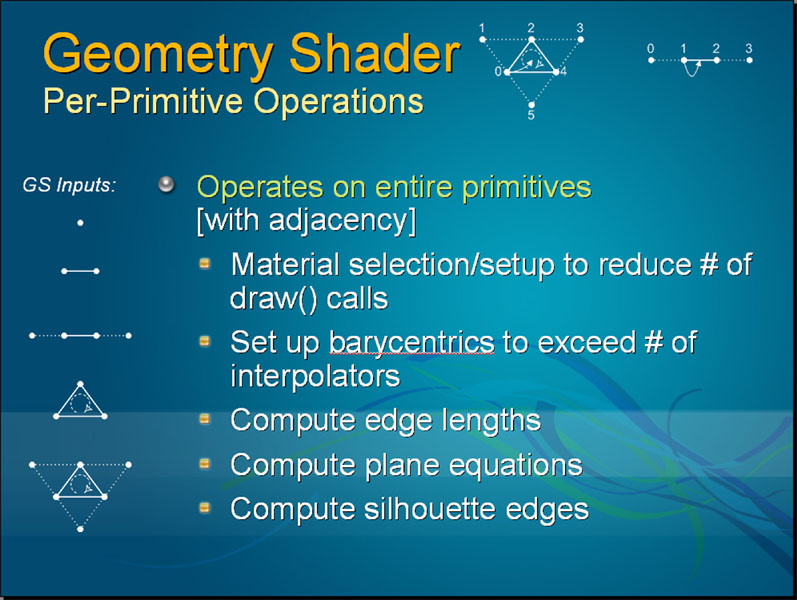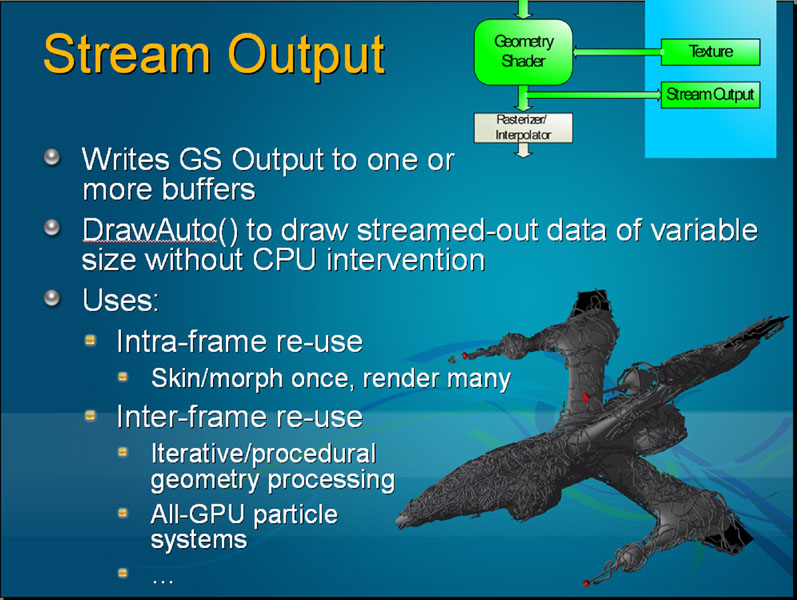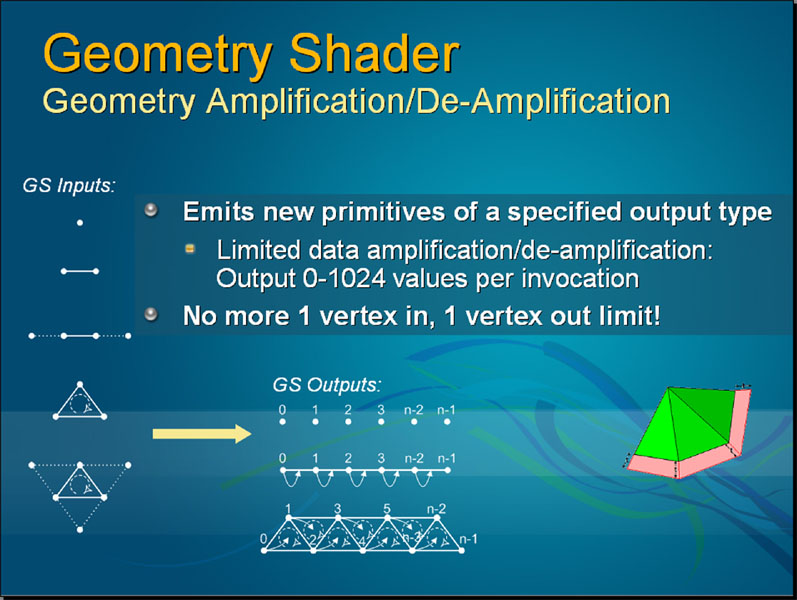Not according to David Kirk, in numerous past questioning with him (from myself and others) - IIRC it wasn't so long ago that he was saying that even under a unified shader API the balance of operations between the VS and PS were such that units dedicated and tuned to those tasks would, in their opinion, still be of more importance. Now, in more recent interviews that stance appears to have softened to the point where, IIRC again, he said unified probably would be a necessity at some point in time, which I why I think they will go that route eventually, but given the pevious comments not for their first iteration of DX10 hardware.



